Alliberar Xavier Nogués
What if we free Xavier Nogués, even momentarily, from the position in which his most relevant interpreters have placed him? Not to wholesale challenge his contributions, but to ask ourselves questions from our contemporaneity that previous authors did not ask, because they could not or because they did not want to. And this with a first objective: to check whether the work—I emphasize the work—of Nogués takes paths different from those through which we usually place it in the history of Catalan art of the 20th century. It is about applying a virginal look to Nogués’s career or, at least, as least contaminated as possible by the readings or topics with which he has come to us at the beginning of the second decade of the 21st century.
Risky job? I don’t believe it. It is about keeping an open eye on all the artist’s works and corroborating (or not, of course) a feeling: that we have missed nuances of a Nogués that has been somehow encapsulated and, consequently, who knows if impoverished. One of the first registers that I will address immediately is his ascription to noucentisme, which has been in my opinion one of the depth charges that have prevented a fresh reading of most of the artist’s works. Wasn’t he a Noucentista artist? I think the answer to this question is essential. And this answer, today, cannot come from what Feliu Elias, Francesc Pujols, Rafael Benet, his first critics, said all those years ago, or all those who subsequently wanted to appropriate him to a cause, the Noucentista, so imprecise in the artistic level and so contaminated on the ideological level.
Joan Maria Minguet Batllori
Related pieces
-
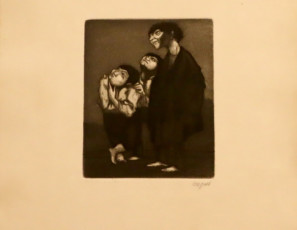
Els nanos
-
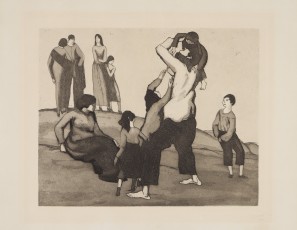
Diumenge
-

Les tres gràcies
-
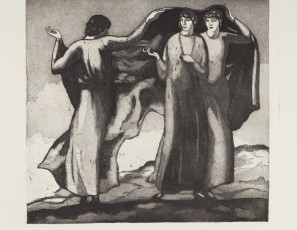
Les tres gràcies
-
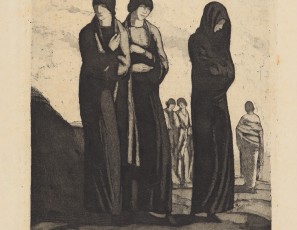
Les tres gràcies (nº2)
-

Les tres gràcies (nº2)
-

La ben plantada
-
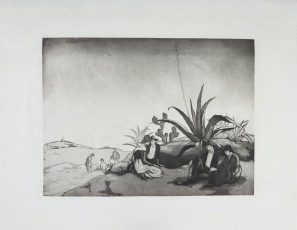
L’atzavara (Montjuïc) (Parella)
-
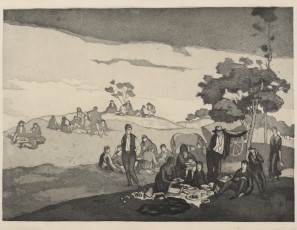
La Fontada
-
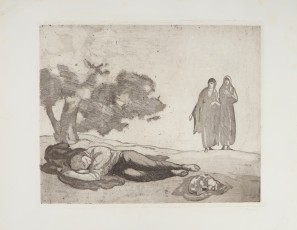
Migdiada
-
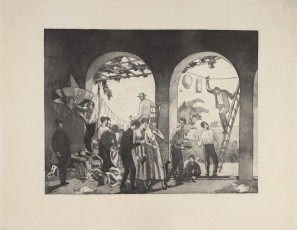
La sortija
-

L’endolada (tres noies)
-
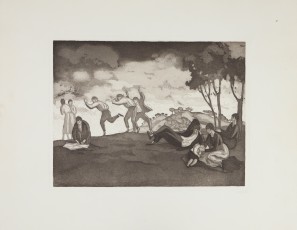
La gallina cega
-
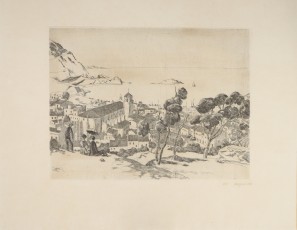
Tossa
-

Besalú
-
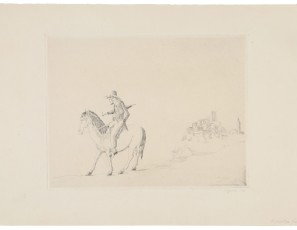
Metge rural
-

Caravana
-
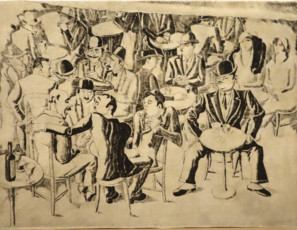
La Terrassa (núm 2)
-
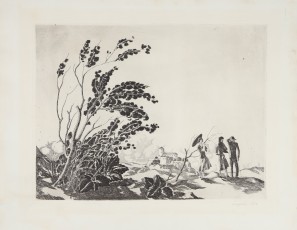
Arbre escabellat
-
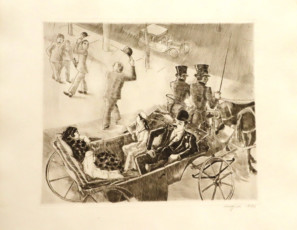
El dia més feliç
-

Curses de cavalls
-

Equitació
-
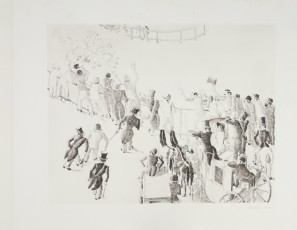
Mail coach
-
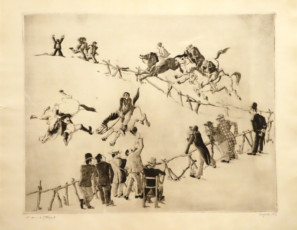
Més curses de cavall
-

Ja hi som (homes gossos) (l’any 2000)
-
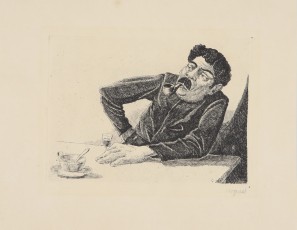
La Pipa
-
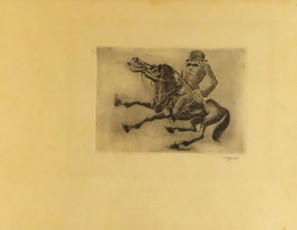
Cavall apocalíptic
-
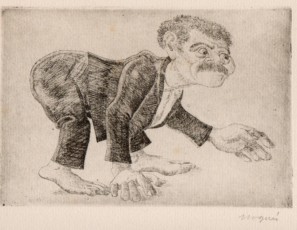
Home gos (quadrumà)
-

Cavaller i gossos
-

Circ
-
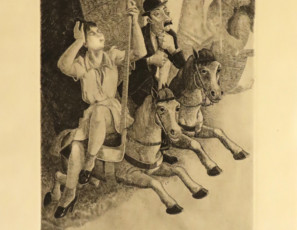
Cavallets (parella)
-

Quatre al voltant d’una taula
-

Espantaocells
-
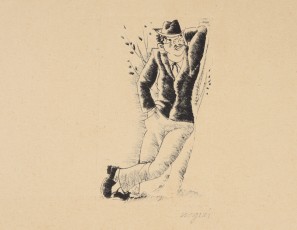
Home recolzat a l’arbre
-
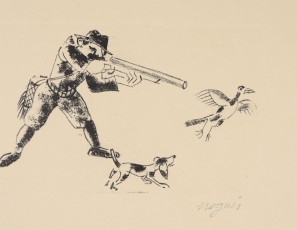
Caçador de garces
-
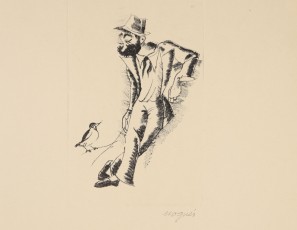
Domador d’ocells
-
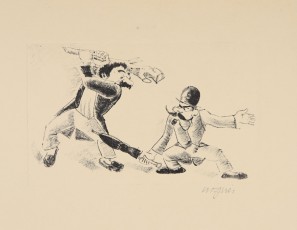
Baralla de l’as de bastos amb el paraiguas
-

Precaució
-
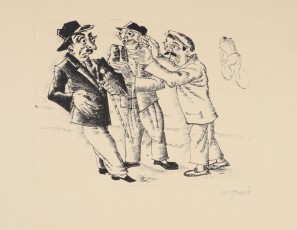
Dur de pelar
-

Cavaller al trot i altres dos
-

Viatjant
-
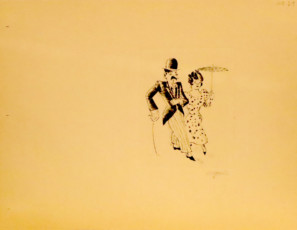
Matrimoni de bracet
-
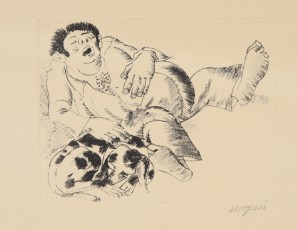
Descans
-

Allargar més el braç que la mànega
-
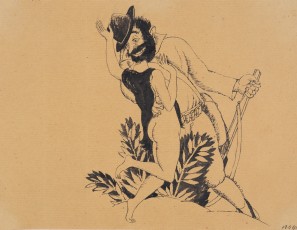
Cazador y mujer desnuda
-
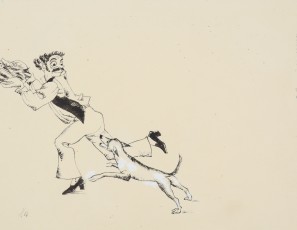
Perro persiguiendo a un hombre con pescados
-

Escapando de un libro
-

Hombre sentado en una silla
-

Hombre refugiandose de la lluvia bajo un árbol
-
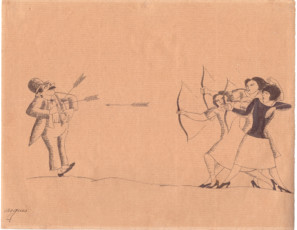
Tres mujeres lanzando flechas a un hombre
-

Asustando frailes
-

Estirar la cuerda
-

Figuras clásicas
-
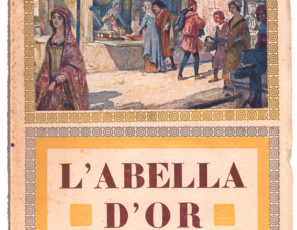
L’abella d’Or. Calendari 1928. Barcelona.
-

Exposición Internacional de Barcelona 1929. Pueblo Español
-

Galeria de Bodegas Laitenas
-

Exposición de Aguafuertes de Xavier Nogués. Del 16 al 30 de abril 1917 en el Ateneo.
-
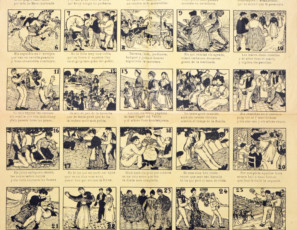
Auca del aplec de Sant Medí
-

Abecedari català per a nens
-

El país de los tontos (Cuento servio)
-

Conjunto documental de las baldosas de Xavier Nogués para el Sindicato Agrícola de El Pinell del Brai
-

Barroer, Joan; Nogues, Xavier: Peripecies
-

50 Ninots
-

Liost, Guerau de: Sàtires
-
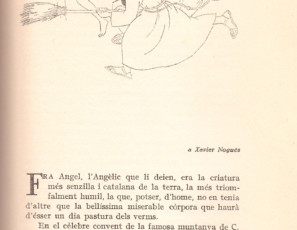
Domenech, Cristofor de: L’oci d’un filòsof
-
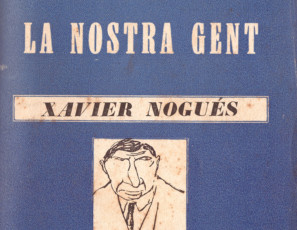
Sacs, Joan: La nostra gent. Xavier Nogués. Quaderns blaus.
-
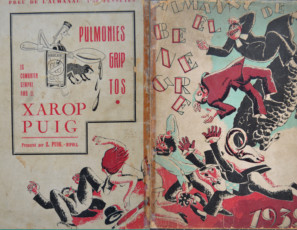
Almanach de El Be Negre 1932
-
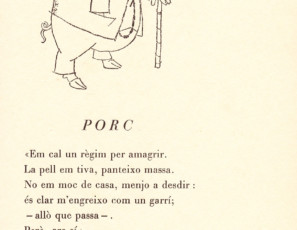
Quart, Pere: Bestiari
-

Alarcon, Pedro Antonio de: El sombrero de tres picos
-

L’Humor a la Barcelona del vuitcents
-

Timoneda, Juan: El Patriñuelo
-

Ariel. Revista de les Arts Barcelona, novembre-desembre de 1947, Any II, núm. 13
-

Benet, Rafael: Xavier Nogués caricaturista y pintor
-

Pujols, Fco. de A.; Marsa, Angel; Sabate, Antonio: Xavier Nogués. Pintor del vino
-
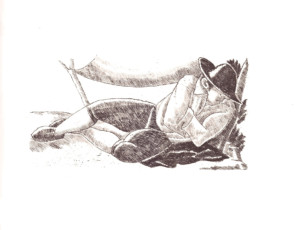
Nogues, Xavier: 40 barrets de copa
-

La Catalunya Pintoresca 5 fascicles de 10 gravats cada un amb text d’en Francesc Pujols.
-

Visca la ciutat de Barcelona
-

Tres menes hi ha de vi, fresch é fi é fort
-

Vivice bebite col-legiales post multa soecula
-

Lo pa fa pança i lo bon vi mena la dança
-

Qui ben beu viu e qui viu ben beu
-

Visca la ciutat de Barcelona
-
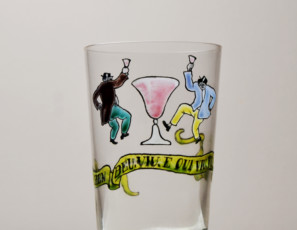
Qui ben beu viu e qui viu ben beu
-

Tres menes hi ha de vi, fresch é fi é fort
-

Lo pa fa pança i lo bon vi mena la dança
-
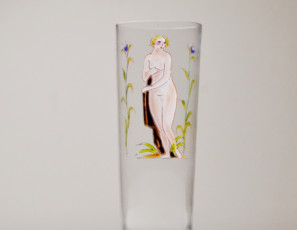
Desnudo femenino con una tela marrón
-

Desnudo femenino con una tela azul
-

Pareja de hombres con botella y vaso de vino
-

Nivite bebite col-legiales post multa soecula pecula nul
-

Pareja de hombres apoyados en una copa
-

Pareja de hombres sentados y en el centro una gran copa de vino
-

Pareja de hombres con sombreros y una gran copa
-

Bailarina bailando, hombre con sombrero de copa y copa de cava
-

Pareja de hombres apoyados en una copa
-

Hombres sirviéndose vino
-
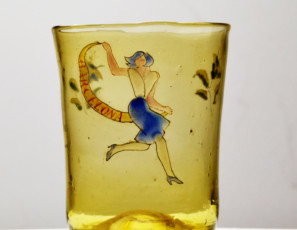
Joven con una filacteria en la mano donde aparece el nombre Barcelona
-
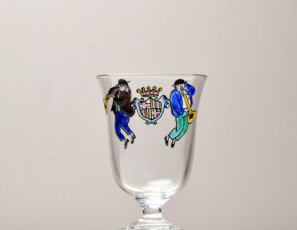
Pareja de músicos con el escudo de Barcelona
-

Pareja de hombres con un jarrón de uvas
-

Recipiente con tapa de vidrio, escena de una pareja en el exterior con vegetación
-

Borracho con chaqueta naranja
-

Borracho con chaqueta naranja
-

Borracho sosteniendo un vaso
-
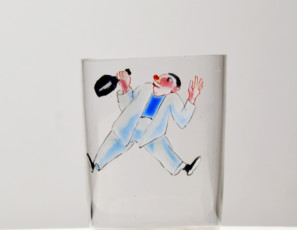
Borracho con una botella en la mano
-

Borracho con una botella en la mano
-

Borracho sosteniendo una copa
-

Borracho saltando y bebiendo
-

Borracho levitando
-
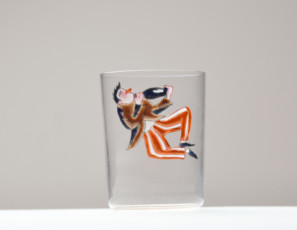
Borracho bebiendo y bailando
-

Borracho con una botella en la mano y una mano en el vientre
-

L’home del paraigües
-

Dona barcelonina
-
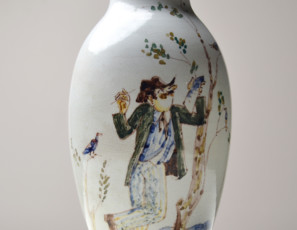
El poeta
-
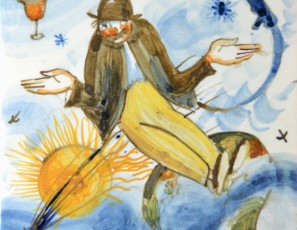
Escena cósmica
-
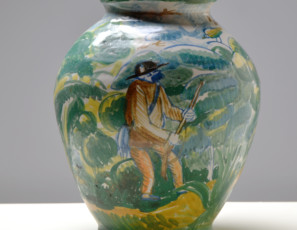
Caçador i dona

